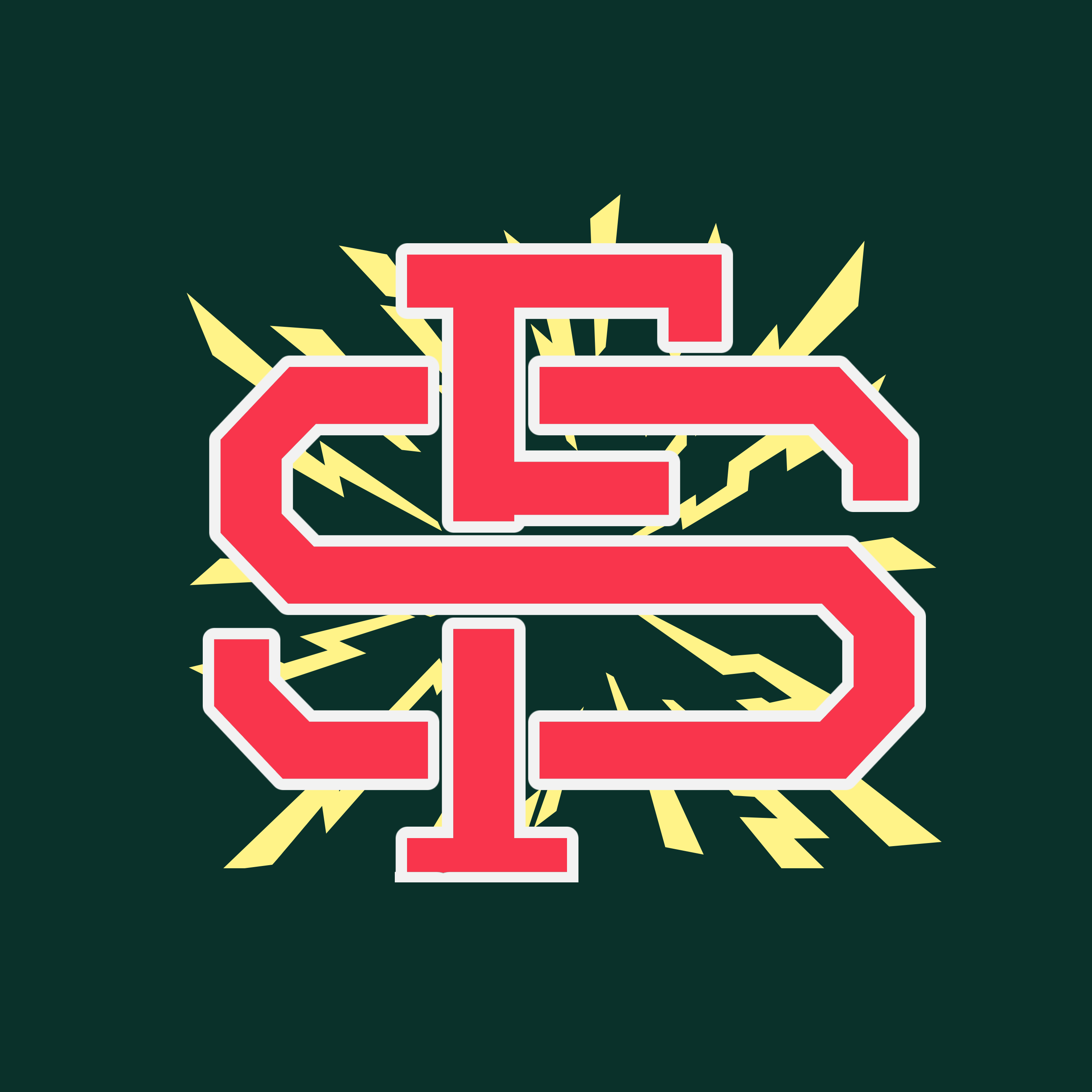Moscone Convention Center
San Francisco takes immense pride in hosting and commemorating the 79th anniversary of the North American Chinese Invitational Volleyball Tournament (N.A.C.I.V.T.) during the 2024 Labor Day weekend. The Moscone Center, nestled in the heart of San Francisco’s SOMA neighborhood, serves as the perfect venue for this celebration of athleticism, culture, and community spirit that has etched an indelible mark in the lives of countless Chinese and Asian athletes.
History
In the mid-1800s, the first Chinese immigrants arrived in the United States seeking better economic opportunities. San Francisco, with a bustling and growing Chinatown, the largest such district outside of Asia, became a hub of Chinese culture in North America. Chinese immigrants were willing to do more work for less money. This caused resentment from other ethnic groups because they believed they were losing job opportunities to the new arrivals. In response to growing anti-Chinese sentiment, Congress passed the Chinese Exclusion Act in 1882, effectively barring the immigration of Chinese to America and making the first time that America barred the immigration of any ethnic group.
During the late 19th and early 20th centuries, Chinese immigrants faced isolation and were victims of violence due to exclusionary policies and were forced to live in segregated neighborhoods, vastly limiting their economic opportunities. Many toiled tirelessly in laundromats and restaurants; their days filled with the rhythmic clatter of irons, the sizzle of woks, and the constant hustle of serving customers.
But when the sun dipped below the horizon and the neon signs flickered to life, a different scene unfolded.
Off-duty moments were sacred. These hardworking immigrants yearned for a break from the violence that was directed at them, their back breaking jobs and isolation from general society.
And what better way to unwind than with a game of volleyball! The dusty streets or cramped playgrounds transformed into makeshift courts, where laughter, sweat, and determination intermingled.

Chinese found solace, comfort and camaraderie playing volleyball during their limited “free-time”. A group of laundry workers, their hands calloused from scrubbing and pressing clothes; they shed their work aprons, don their sneakers, and gather at twilight in front of the volleyball net stretched taut between lampposts. Suddenly, they were athletes. The ball soared, and worries dissolved. For those precious hours, they were the stars, the athletes admired by the cheering crowd who were starved for entertainment and rewarded with incredible feats of power, strength, dexterity, speed and body control. The clatter of plates was replaced by the percussive thud of the ball, as someone yelled “CHAR SIU”, and everyone bursted out in laughter and understood that he was not referring to the delicious morsel of bbq pork that they often have over rice. The camaraderie extended beyond the court—victory dances, shared snacks, and whispered dreams of a better life. When they watched the ball soar and rip through the evening air, worries dissolved.
For these precious hours, the athletes weren’t just laborers; they were teammates, strategists, and champions. And the spectators weren’t just watching; they were fans.
These incredible scenes were replayed in bustling Chinatown alleys and parks, after the last bowl of wonton soup was served.

These volleyball matches were more than physical exercise. They were a testament to resilience, community, and the pursuit of joy amid adversity. Friendships blossomed across language barriers. Toisanese, Cantonese, or English—it didn’t matter. The universal language of the game united them. On the court, they weren’t just Chinese immigrants; they were volleyball players, competitors, and friends, they all belonged. Volleyball transcended societal labels.
Today, San Francisco’s Chinatown stands as a testament to their resilience, reminding all of the struggles and triumphs of everyday Chinese who shaped the City’s history. The tradition lives on, passed down through generations. Today, descendants of those laborers still gather, volleying memories across time.
Inaugural event
N.A.C.I.V.T. debuted in 1944 in Boston’s Chinatown. The tournament was used to socially connect players from various cities throughout the United States. Since then, it has blossomed into an annual tradition, drawing players and enthusiasts from various cities across North America. N.A.C.I.V.T. welcomes both men’s nine-man (9-man) and women’s 6’s volleyball teams, (women’s competition was added in 1977). Rules require that two thirds of each team be 100% Chinese and the other third of Asian descent.

The San Francisco Chinese Athletic Association proudly held its inaugural tournament in 1974 inside one of the vibrant outdoor Chinatown parks, Chinese Playground, making San Francisco one of the first six hosting cities. As the tournament gained momentum and popularity, it transitioned to more parks and community spaces within Chinatown including:
- Chinese Playground – (now known as Willie Woo Woo Wong Playground);
- Chinese Rec Center – (now known as Betty Ong Rec Center);
- YMCA yard – (this location is now a building);
- Commodore Stockton School – (now known as Gordon J. Lau);
- St Mary’s School – (now a grocery store); and
- Cameron House.
The most recent tournament hosted in San Francisco took place in 2007 at North Beach Playground – (now known as Joe DiMaggio Playground). And the last tournament hosted by San Francisco was held in 2014 in Las Vegas.
After a 14 year hiatus, San Francisco and the players living in the Bay Area eagerly anticipate the return of a tournament that means much more than volleyball.
As the sun sets over the Golden Gate Bridge on August 30, 2024, volleyball nets will stretch taut, and players will serve, pass and spike at Moscone Center—honoring those who played before them and continuing a legacy that bridges generations and transcends borders.

